Are White Spots on Nipples Sign of Pregnancy?

Related products
White Spot on the Nipple – How to Spot it?
People might hear several other names for this illness; however, "white spot" is the most prevalent one.
Some lactation consultants and physicians refer to these lumps as a milk blister, a blocked nipple pore, or even a white bleb.
The elevated white bumps on the nipple and surrounding areola resembling goosebumps are also called Montgomery glands or tubercles. They bear the name of an Irish physician and obstetrician who first spoke of their existence in 1837.
Montgomery tubercles might be an early indicator of pregnancy, although this is not always the case. Given that these tiny glands have particular purposes and advantages for the mother and her nursing child, a link has been established between Montgomery tubercles and pregnancy.
What Leads to Nipple White Spots?
Pregnancy is the most frequent cause of Montgomery tubercles. One of the first indications of pregnancy is breast alterations, which also include breast discomfort, darker veins, and painful nipples. It is not unusual for Montgomery tubercles to appear even before a pregnancy test determines shifting hormone levels, even if women have never noticed them.
Hormones are also the cause of the majority of other causes of Montgomery tubercles because they can manifest during particular stages of the menstrual cycle and at the commencement of puberty.
What are the Reasons for the Development of Montgomery Tubercles?
- Being pregnant
- Alterations in hormones
- Anxiety
- Putting on or decreasing weight
- Specific drugs
- Dressing in form-fitting attire
- Breast cancer (quite uncommon)
Are Montgomery tubercles indicative of an early pregnancy?
Although not all pregnant women have Montgomery tubercles, they are occasionally an early indicator of pregnancy. Research indicates that a significant percentage of pregnant women observe these tubercles. They might serve as one of the earliest indicators when they appear, sometimes even preceding a missed period. The abrupt emergence of Montgomery tubercles must not, of course, be interpreted as a singular instance of pregnancy confirmation. It's crucial to keep an eye out for additional, more typical symptoms like tender, heavier, or larger-than-normal breasts; light spotting from implants that might appear days before period is expected, occasionally with mild cramps; morning sickness; noticeably more tiredness and exhaustion at the end of a busy day; emotional sensitivity and mood swings; frequent urination.
Is it possible to have Montgomery Tubercules Without Being Actually Pregnant?
Numerous women observe their tubercles during pregnancy. However, factors such as hormonal imbalances, stress, or significant weight changes might contribute to their increased visibility.
One is free to discuss with their doctor the possibility of having their hormone levels checked even if they are not pregnant.
For most women, Montgomery tubercles are an ordinary aspect of life. A few might not always appreciate the appearance, but they offer significant advantages for both the mother and their baby during pregnancy and nursing. Women must refrain from interfering with these bumps and allow them to fulfil their purpose. However, suppose they start to cause pain, appear swollen, or exhibit unusual redness. In that case, it is advisable to consult a doctor to eliminate the likelihood of an infection or another possibly severe condition.
1. Clogged pore
When a nipple pore initially becomes blocked, a white spot might appear on the nipple, which is also referred to as a bleb.
Although this might hurt, blocked pores are typically removed by suction during the baby's subsequent feeding.
2. Milk blisters
If the skin develops over the closed nipple pore opening, a milk blister might form. Redness and inflammation frequently begin to appear in the vicinity of the white spot.
3. Duct obstruction
The milk duct exiting the milk chamber might also become clogged and irritated if a nipple pore stays blocked.
Frequently, a lump and swelling develop behind the clogged nipple pore. As pain thresholds rise, nursing might become extremely painful.
If not treated swiftly, a blocked duct might result in complications like mastitis and breast pustules.
4. Fungal infection
Thrush is an infection caused by the fungus Candida albicans. Thrush is possible on the nipples if either the mother or their baby has recently taken antibiotics or if there is an existing case of vaginal thrush.
Along with the white spots, the nipples will appear red and experience significant pain. Thrush is very contagious, meaning it is frequently transmitted between a parent and their baby, and the reverse is also true. As a result, the inside of the child's mouth will develop white, chalky patches. When attempting to latch onto the breast, infants suffering from thrush might burst out in agony.
5. Herpes
The mouth and genitalia are the usual sites of infection for the herpes simplex virus. However, the breasts are also susceptible. Typically, during breastfeeding, an infected newborn transfers herpes to the mother's breasts.
Herpes appears on the nipple as tiny, red pimples packed with fluid. Once the bumps have healed, they develop blisters. The baby might exhibit similar bumps on their skin.
6. Abscesses under the skin
Subareolar abscesses refer to accumulations of pus within the breast tissue resulting from bacterial infections. Although rare, they frequently stem from inadequately managed mastitis.
Breastfeeding is not the only source of these abscesses; bacteria also enters the breast tissue through wounds like acne or nipple piercings.
A subareolar abscess manifests as a sore lump accompanied by skin discolouration and swelling
Is that cancer?
Usually, there's no need to be concerned about white spots on nipples. However, there are instances where they might indicate the presence of cancer. One possible reason for the clogged hole could be a tumour pressing against the milk duct.
Changes such as bumps and other alterations in the nipple might indicate the presence of Paget disease. This condition impacts between one and four per cent of women diagnosed with breast cancer.
Cancer cells develop in the areola and milk ducts in patients with Paget disease.
What are some of the Natural Remedies for Managing White Spots?
For those looking to reduce the size of Montgomery's tubercles at home and who are not pregnant or breastfeeding, several home remedies might be considered:
1.Every night, spend roughly twenty minutes pressing a towel that has been soaked in warm water against the nipples.
2.Aloe vera gel, shea butter, or cocoa butter must be applied around the nipples.
3.One must increase their water consumption and decrease their sugar intake.
4.Maintain a balanced diet and reduce sugar and salt intake to lessen the likelihood of obstructing situations, which might contribute to a rise in the size of tubercles.
How Should White Spots on the Nipples be Treated?
Milk plugs obstructing the nipple milk duct openings are the reason behind white patches. If only one white spot is present and it does not cause any pain, there is no need for treatment. It is important to continue observing the situation and ensure the baby is suckling properly during every feeding. If one experiences pain, warming the nipple before nursing will soften the skin of the nipple. Next, allow the infant to nurse so the milk suction might remove the clog. After feeding, reheat the nipple once more and gently massage it with a rough towel if the white spot remains. To release the milk plug, gently press the area behind the white spot with fingertips.
Maternal and Child Health Centres or a physician must be consulted if the condition doesn't improve. If the white spot is large or there are multiple spots, and the pain grows worse, a fungal infection is highly probable, necessitating treatment from Maternal and Child Health Centres or a physician.
Montgomery tubercles occurring both during and after pregnancy
Even though they are not one of the early signs, Montgomery tubercles are likely to show up later in pregnancy. As the mother’s body gets ready for lactation and nursing, the region surrounding the nipples deepens in color, and she can notice some elevated areas on her breasts. Since this is normal, there is no need to worry about it. The growth of the glands is a consequence of the hormonal changes that take place during pregnancy. Among the roles are:
Antibacterial qualities
The oils released contain antibacterial qualities that prevent infections in the area surrounding the breasts and the nipples.
Enhanced moisture
The tubercles naturally secrete more oil to keep the nipple moist and supple, protecting it from damage or soreness during breastfeeding.
Guides the baby to feed
The secretions of the tubercles, along with the early production of colostrum and milk, contain volatile compounds that create a scent, assisting a newborn in locating the nipple, the source of nourishment.
When it comes to the comfort of the mother and the health of the newborn, it is evident that Montgomery tubercles serve a crucial function.
Those who are expecting have to maintain the health of these functions by adhering to a few guidelines:
- It is advised to avoid washing nipples with soap or harsh cleansers during pregnancy or breastfeeding
- Avoid any material that is not breathable, such as the plastic lining of the bra or the bra pads.
People Also Ask
Is it normal to have white spots on nipples when a female is not pregnant?
Yes, it is completely normal to have white spots on nipples even when an individual is not pregnant. These white spots may be due to various causes and factors such as clogged Montgomery glands, hormonal changes or friction with overlying garments. However, persistent white spots or those accompanied by other symptoms must call for consultation with a healthcare expert to rule out possible medical conditions.
Are white spots on nipples a sign of infection?
White spots on the nipples may be a sign of infection when accompanied by pain, redness and swelling. One of the most common infections is that caused by a yeast infection in breastfeeding women. It is advised to consult a healthcare expert to rule out any underlying health concerns by carrying out a detailed physical examination.
Conclusion
Some lactation consultants and physicians refer to these lumps as a milk blister, a blocked nipple pore, or even a white bleb.
The elevated white bumps on the nipple and surrounding areola resembling goosebumps are also called Montgomery glands or tubercles, most often recognised as an early sign of pregnancy. Pregnancy is the most frequent cause of Montgomery tubercles. One of the first indications of pregnancy is breast alterations, which also include breast discomfort, darker veins, and painful nipples. Various other reasons for Montgomery tubercles include anxiety, overlying garments, hormonal changes, intake of certain drugs, weight changes and breast cancer.
One is free to discuss with their doctor the possibility of having their hormone levels checked even if they are not pregnant.
For most women, Montgomery tubercles are an ordinary aspect of life. A few might not always appreciate the appearance, but they offer significant advantages for both the mother and their baby during pregnancy and nursing. Women must refrain from interfering with these bumps and allow them to fulfil their purpose.






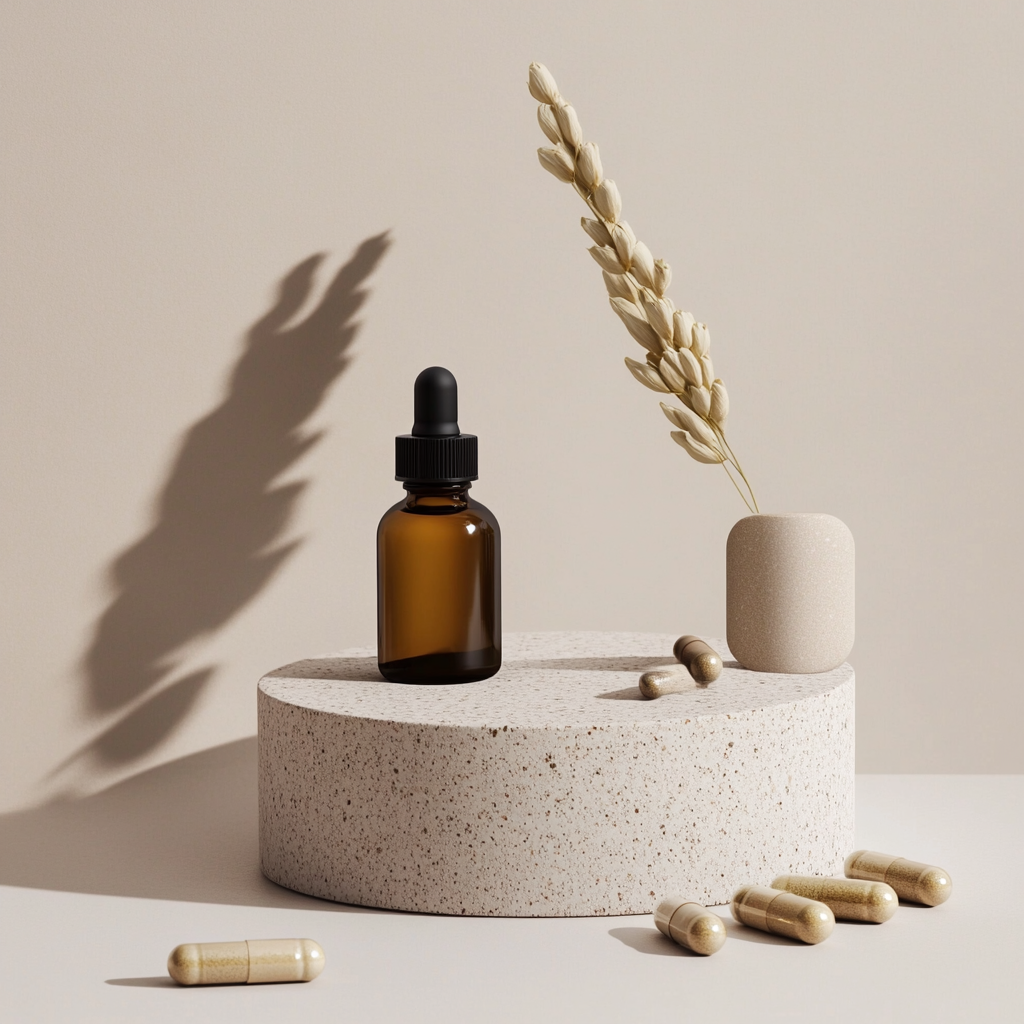
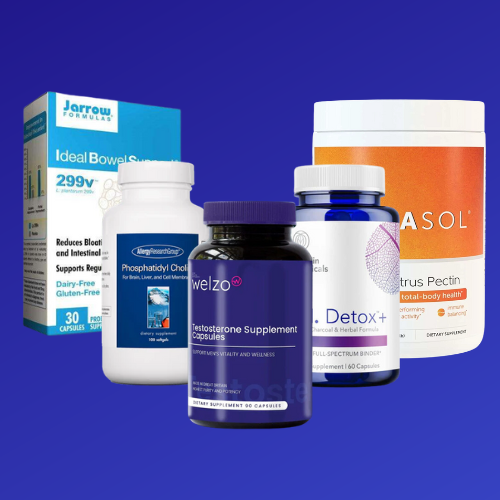
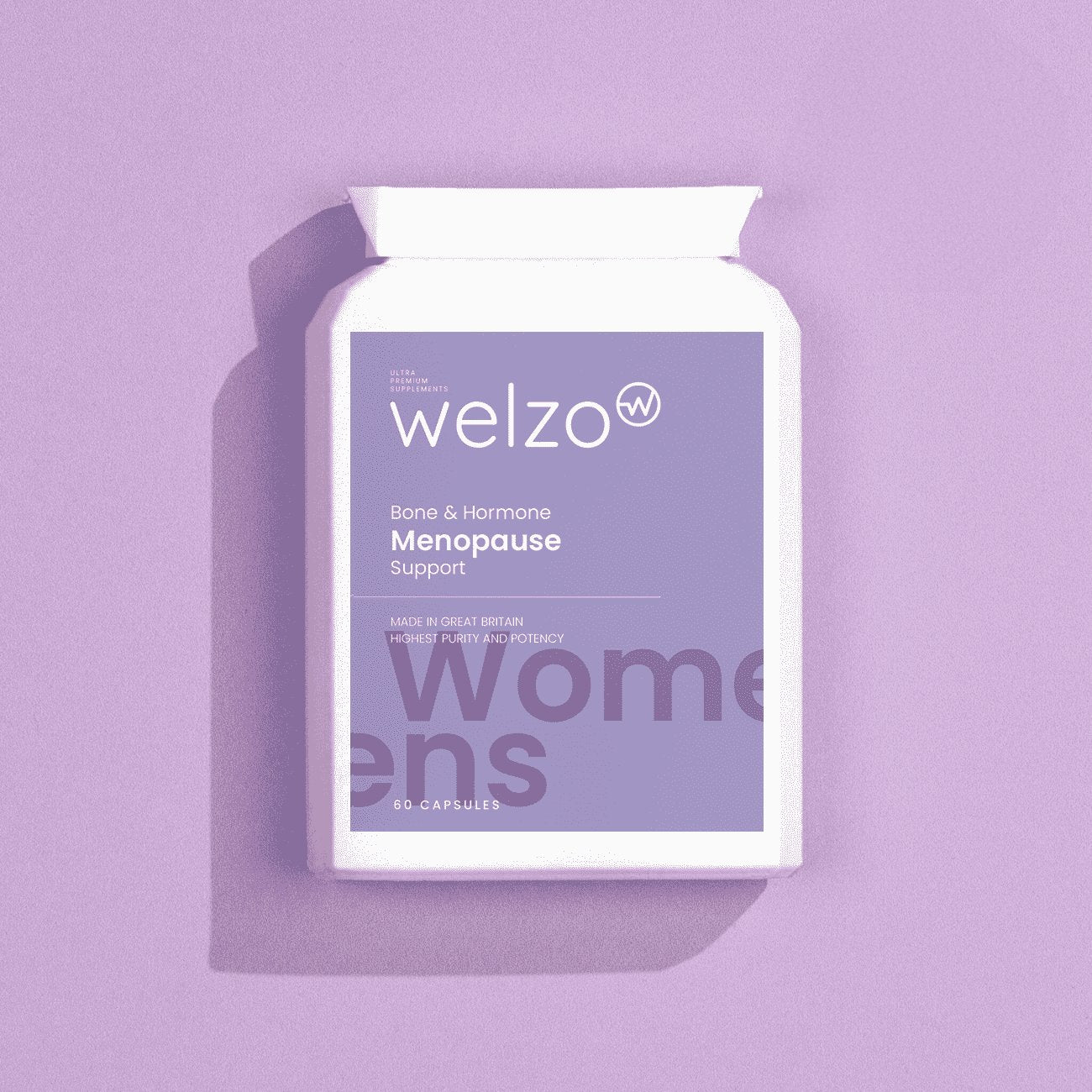
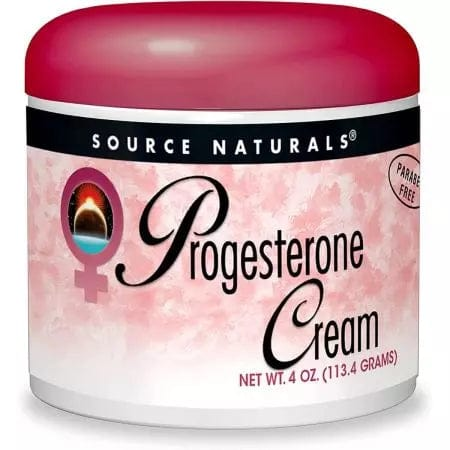


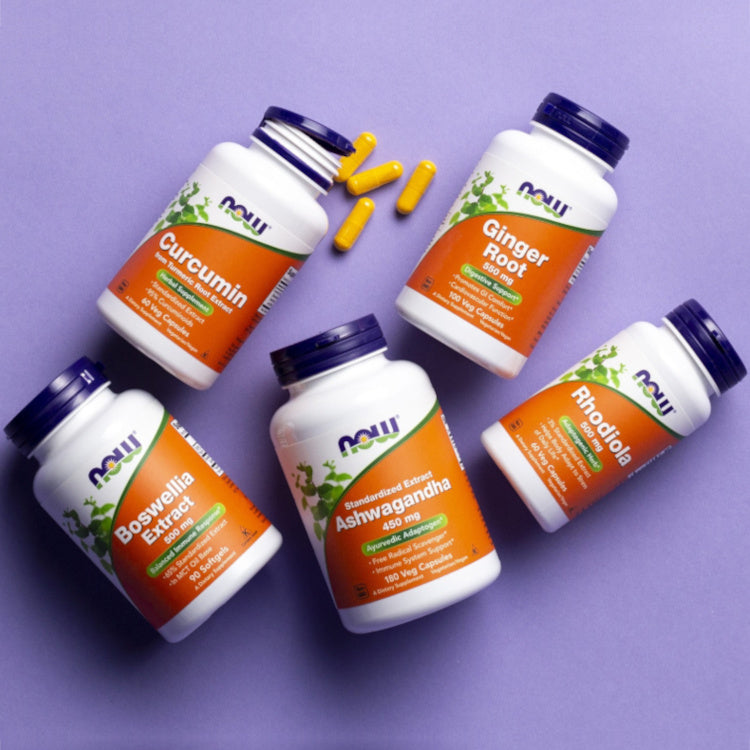











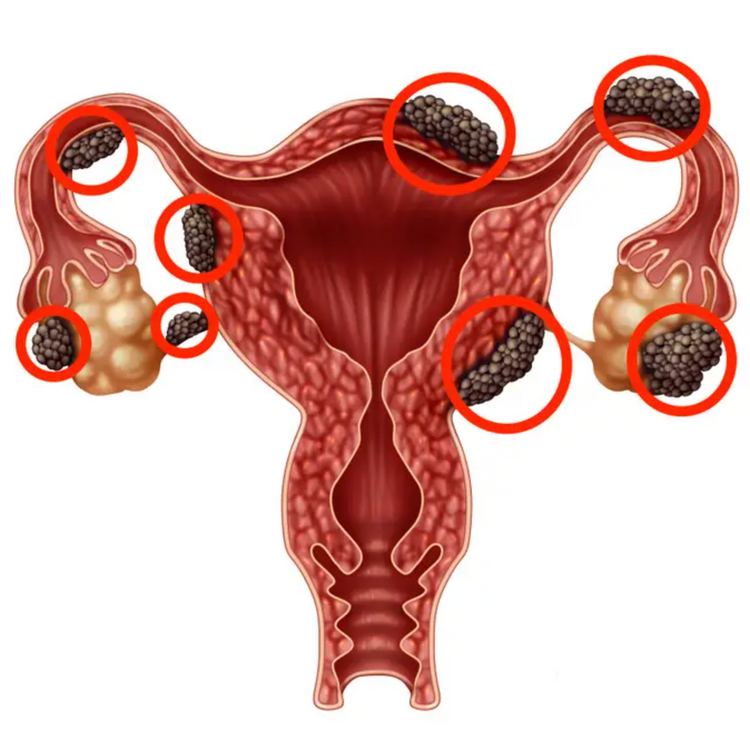
 Rated Excellent by 26,523+ Reviews
Rated Excellent by 26,523+ Reviews